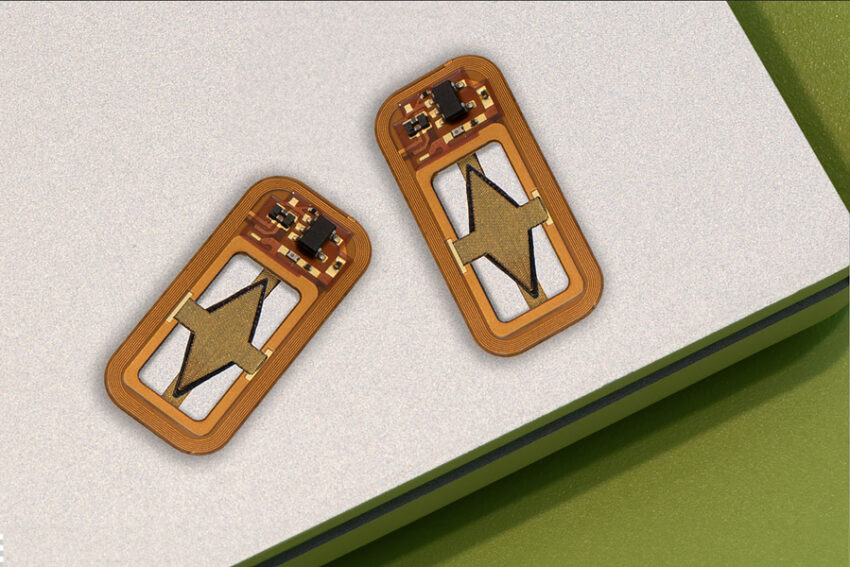
MIT engineers have developed an implantable device that treats Type 1 diabetes without an injection. The device contains islet cells that produce insulin and an oxygen generator that sustains and nourishes the cells. When tested with diabetic mice, the device effectively stabilized blood sugar levels for a month.
Dealing with Type 1 diabetes often means frequent insulin injections which many find burdensome and costly. MIT’s solution is a compact implant that can handle this condition without daily shots.
The device has pancreatic islet cells that produce insulin, but one of the significant problems with islet cells is they cease insulin production when oxygen-deprived. To address this, the MIT team added an onboard oxygen generator to the device, which uses the body’s water vapor to produce oxygen. The most exciting thing about this project is that it doesn’t have a battery inside; users can wear a patch, and the power can be wirelessly transmitted through the skin.
Professor Daniel Anderson from MIT’s Department of Chemical Engineering comments on the device’s potential:
You can think of this as a living medical device that is made from human cells that secrete insulin, along with an electronic life support system. We’re excited by the progress so far, and we really are optimistic that this technology could end up helping a lot of patients around the world.
In early lab trials, diabetic mice were implanted with the device and observed for a month. The results were astonishing; the mice’s blood sugar levels were steady for a whole month. Scientists noted that this was a significant improvement compared to traditional methods!
The team at MIT is working on this device primarily for diabetes treatment. However, in the future, this device could also be tweaked to cure other health issues. For now, the team is preparing the device for human trials and says the finished product will be the size of chewing gum.
With MIT’s new implant, the future for diabetes patients looks promising. Soon, they might not need daily insulin injections anymore. To learn more, check out the MIT website.

















